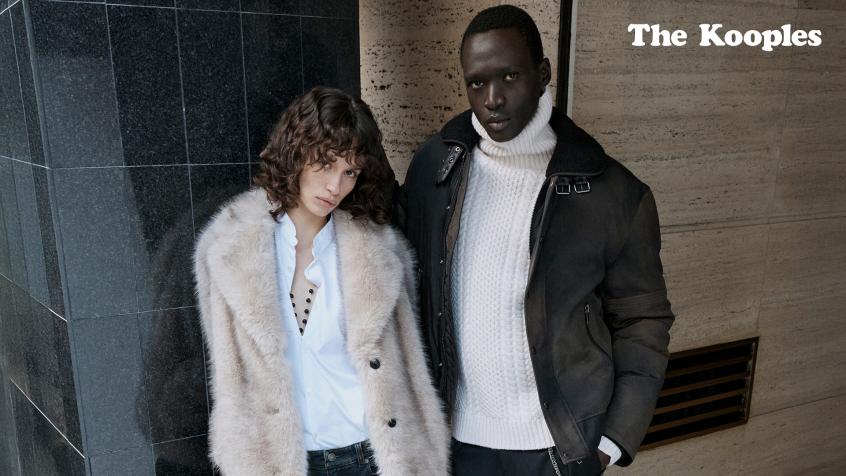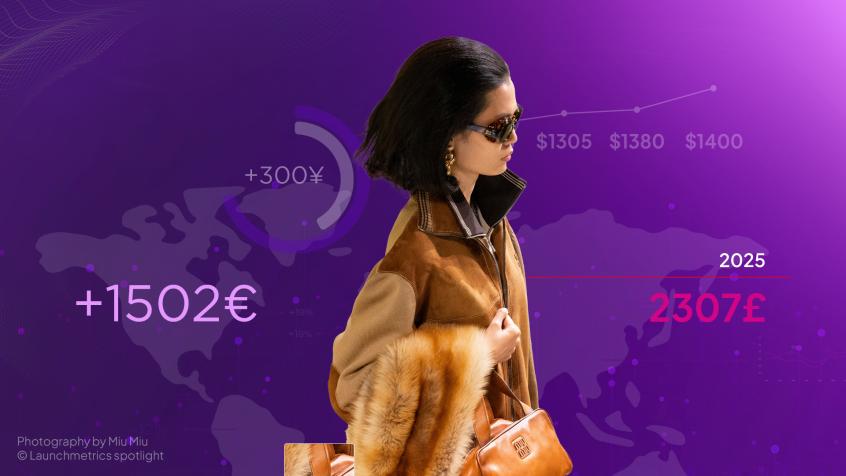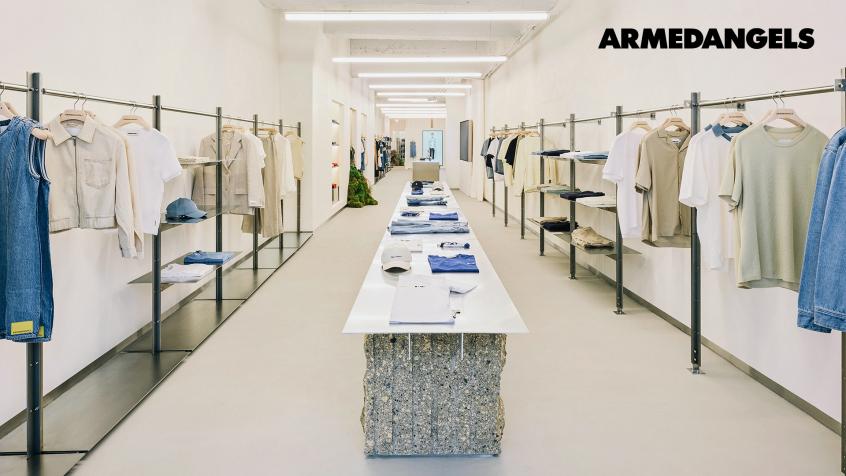Did your discounting strategy miss the mark?
The industry shift’s impact on leading brands’ discounting strategies

Fuel your brand's decision-making process with real-time data
Brands are clearing out their inventory, as inflation continues to negatively impact the industry. So, how have brands’ discounting strategies changed compared to the previous year?
Dive into Retviews’ article to discover the data behind leading brands’ discounting strategies and find out how your brand can improve markdowns by implementing an automated benchmarking platform for fashion.
Key takeaways
- Sportswear brands' average discount rate has increased by 27% in the EU and by 11% in the US, YoY
- Brands are discounting more on casual styles compared to formal wear
- In 2022, US retailers discounted 25% more of their assortment, at a 31% higher average markdown rate compared to 2021
How are mass market brands discounting during an industry shift?
Inflation, and the hike in consumer prices has led consumers to shift their shopping behavior. First Insight’s recent study indicated that 41% of the interviewed population is shopping for deals and waiting for sales.
In 2021, the average discount rate for leading mass market brands stood at 11% throughout the second half of June, while in July and August it fluctuated to around 21%. In 2022 however, after a peak at the end of June, the discount rate remained stable at around 22% throughout July and August.
As shown by Retviews data, discounting strategies followed a completely different pattern in 2022 compared to 2021. In 2021, brands started the discounting season marking down less of their collections than at the end of the season. While in 2022, leading mass market brands started off the discount season at the end of June, discounting 51% of their assortment, only to decrease the share of discounted items in July and August.

Sportswear brands’ discounting strategies
The global sporting goods market thrived throughout the past two years, and continues to do so, although inflation is expected to strongly affect consumer demand. Overall, European brands have discounted more aggressively compared to the ones in the US.
Retviews’ data show that this year, the share of discounted items has increased by 8% in the EU compared to 13% in the US, whereas the average discount rate in the EU grew by 27% and by 11% in the US.
Overall, sneakers had the lowest average discount rate in both markets, standing at 30%. It was also one of the categories which had the smallest share of discounted items.
Retviews’ data show that sweatshirts and outerwear were discounted the most during this summer sales season, across both the EU and US markets. There is however a notable difference between both markets’ markdowns, as the share of discounted items for t-shirts and sweatshirts was 45% and 31% higher in the EU, respectively.
Zooming in on specific brands, within the US most brands follow similar discounting strategies apart from Under Armour, who discounted aggressively on select items. The brand’s average discount rate was 45% higher than the average market rate, with 28% less discounted items than the market average. In the EU market, Puma had the most aggressive markdowns compared to competitors, having an average discount rate and share of discounted items 6% and 27% higher than the market average.


Rising inflation, slowing demand and delayed Inventory
As lower income shoppers’ demand is slowing down and preparing for supply chain disruptions has left brands with a large amount of inventory, many US retailers are forced to launch aggressive markdowns in order to clear out said inventory. As a consequence, many US retailers, Walmart, Macy’s and Nordstrom, are cutting their full-year profit forecast.
In 2022, US retailers discounted 25% more of their assortment, at a 31% higher markdown rate compared to 2021. Not only did brands discount more heavily in 2022, but discounting strategies were also notably different year-on-year.
As shown by Retviews data, at the beginning of the 2022 discounting season, brands were already discounting more than half of their assortment, 54% more than in the previous year. Except for a short period of time in July 2022, the share of discounted items remained higher overall compared to 2021.
Zooming in on key brands, Retviews’ data indicate that Kohl’s displayed the heaviest discounts, with an average discount rate and share of discounted items being respectively 49% and 64% higher than the market average. Nordstrom’s strategy stands out with an average discount rate that was lower than its share of discounted items.


Selective discounting: demand for loungewear is going downhill
The market for trendy, formal attire is exhibiting prominent growth, and “elevated” casual styles are outperforming other categories. Many brands can sell more formal pieces at full price, as opposed to casual and loungewear, which require heavy promotions to unload excess inventory.
Retviews’ data show the categories with the highest markdowns, however the reasons behind each markdown are different. Brands’ assortment of summer dresses, could have arrived late, causing them to discount a larger share of the collection, in order to eliminate leftover inventory as the season ended. Dresses, however, maintain the lowest discount rate, compared to more casual categories such as leggings, sweatshirts and sweatpants. Consumers are willing to pay full price on occasion dressing, and cut back more on loungewear and athleisure, explaining the higher discount rate for casual apparel categories.
Knowing where to discount and by how much is essential for brands, allowing them to avoid unnecessary markdowns in high-demand categories, thus optimizing their margins.

Avoid unnecessary markdowns and increase your margins with Retviews
One of the main reasons why brands are cutting their outlook for the year, is the fact that they must discount heavily in order to manage the inventory glut, ultimately leading to margin loss. Brands such as Kohl’s, GAP and Old Navy had to heavily reduce inventory, after their collection couldn’t match the changing needs of consumers.
With Retviews, the AI-powered competitive intelligence platform, your brand will be able to detect new trends, pinpoint the right assortment and pricing strategy, in order to enhance your collection’s performance. Avoid the guesswork and hit the market on time, on trend and on cost with Retviews.
Use the Retviews platform to benchmark your offer against your competitors
Related Content









